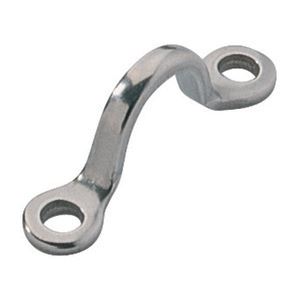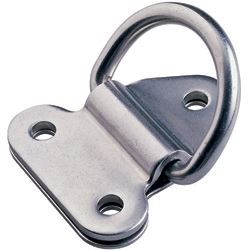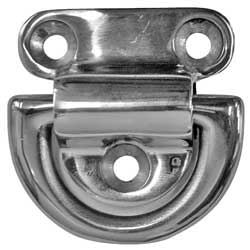Paddling Perspectives:
Your Cosmic Paddling Questions Answered
April 2020
by Kent Walters
AUTHOR’S NOTE: This column is intended to be funny at the expense of truth and accuracy, but I sneak in some good information as well. It is up to the reader to distinguish between entertainment and reality.
Q: What are your latest “Lessons Learned”?

A: Since my latest lessons learned are from a recent trip on the Pecos River, they cover multiple topics of paddling, camping and the culinary arts:
- a. Where you have a choice, pick the watercraft most suited to the expected conditions of the trip. Then decide how to make it work.
- b. (Corollary to a.) Do not select the easiest boat to load when considering an extended whitewater trip.
- c. In winter months, make sure you have a visor on your helmet.
d. Knee pads add much comfort when canoeing/kayaking take you on multi-day journeys.
e. (For multi-day trips) Do not select a tent site in a depression downhill from higher ground unless you are damn sure it is not going to rain.
f. (For multi-day trips) Think minimalist and build up, not “kitchen sink” down.
g. (For multi-day trips) Wet stuff does not dry out in winter before 9:00 in the morning.
h. (For multi-day trips) Leftover Maruchan ramen noodle soup is unappetizing when eaten cold on the second day.
i. Don’t get so interested in taking a photo on your rest stop that you step into a prickly pear (those spines go all the way through most shoes).
j. (For multi-day trips) If you expect rain and are offered a spot to sleep under a roof, gratefully accept the offer, but set up and sleep in your tent.
Q: What’s with the pirate symbology plastered all over Amy McGee’s stuff?
A1: I don’t know. You should ask her.
A2: Ease of identification – and it looks better than carving your name into everything.
Q: When you are looking for the indicators signaling the start of “Big Rock Rapid”, exactly how big are the rocks you should be looking for?
A: Big – really big. Bigger than the rocks in the photo above.
Q: We often use padeyes on our boats to tie things down.
What is the origin of the word?



Photos courtesy of West Marine.
A1: Just take the word apart and you get: Pad = a flat shape. Eye = a hole, like in an eyebolt or as in the eye of a needle. So putting the two meanings together, we get a flat shape (one that can mate with our decks, gunnels or hulls) with a hole (to put a line through), resulting in a useful attach point.
NOTE: Some padeyes are bigger than others:
U.S. Navy photo by Mass Communication Specialist 3rd Class Bradley Evans.
Q: I have several canoes and kayaks. How do I know which one is best for any given trip?
A1: Using my small fleet as an example, my boats are all red, so it really doesn’t matter.
A2: Considering all of the boats I have owned in the past 7 years (a fair representation of most conventional choices), here is how I would evaluate them:
(Click to enlarge)
Please note my poor judgement in boat selection for the Pecos River trip last week (the red intersection of Whitewater and my Native Ultimate 14.5 is an empty box). I paid dearly for that choice. To add insult to injury, the hull of this boat has no rocker and has a pontoon arrangement that spreads the risk and effects of impact over a huge area, plus a keel – horrible for turning. Truly a worst-case mismatch.
MUG O’ THE MONTH:
 |
| The author, Kent Walters |